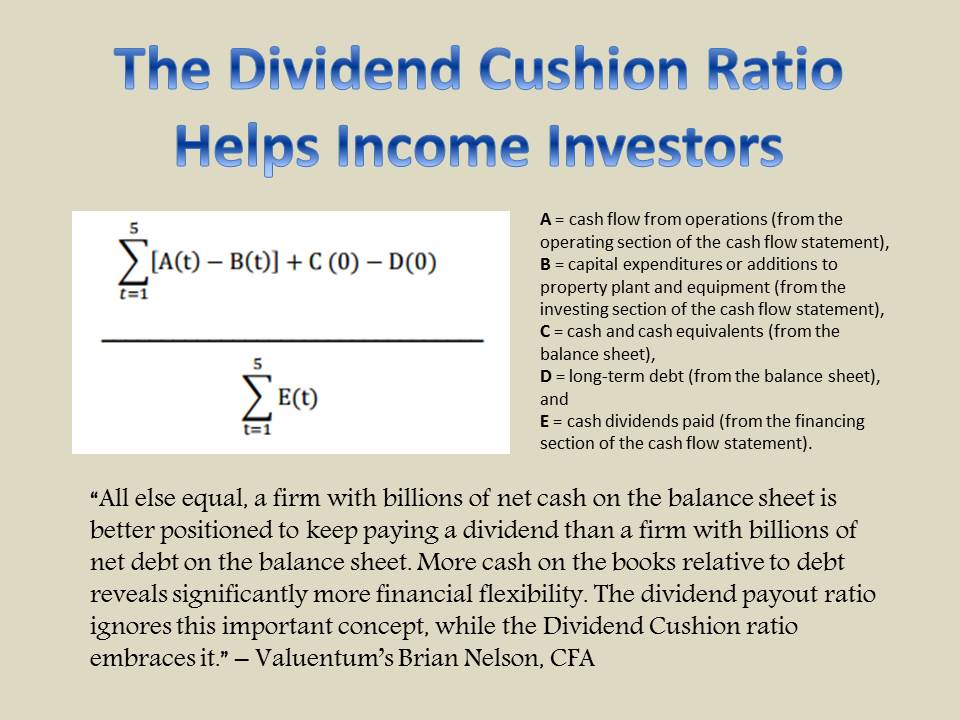Member LoginDividend CushionValue Trap |
The Power of Expectations: How Financial Advisors Can Improve Client Retention
publication date: Mar 21, 2023
|
author/source: Brian Nelson, CFA
Image Source: Frédéric Glorieux By Brian Nelson, CFA There’s a reason why Twitter is one of the most successful news outlets today. The same reason may be why football has largely replaced baseball as the most popular sport in America -- despite baseball tracing its roots to the Civil War in the mid-19th century. This reason, too, may be why motor sports (think NASCAR) are America’s second-most watched sport after football. Look at the popularity of casinos. And of course, how can we forget when people quit their jobs in the late-1990s to become day-trading experts at the peak of the dot-com bubble—only to lose it all. Oh, and the excitement of winning the lottery! The reason behind these phenomena is more behavioral than anything else: People want things fast and they want action. People are simply hard-wired for excitement. In the investment world, we can probably blame the 24/7 business news networks for this. The networks need to sell advertising, and they exploit people’s affinity for fast-moving action to capture their eyeballs. Investing is not fast-moving, so the news outlets have to make it so. The news now has earnings alerts, breaking news, and real-time interviews at all hours of the day. But if investing were truly so fast-moving, how could the networks possibly get all those interviews from busy money-managers? Shouldn’t those money managers be glued to their trading screens without any time for such interviews? The news cycle is enough to make viewers’ heads spin--and their heads are spinning. To a tried-and-true fundamental value-oriented (discounted-cash-flow based) investor, it’s unfortunate that this is so. Today, financial advisors often have to re-train their clients to teach them that investing is not the ‘news’ they see on television every day, but instead, investing is a pathway to achieve financial and retirement goals. The news on the television is primarily there to sell advertising. The networks don’t care about the viewer’s financial returns. The shows are there to get people to watch, much like any other form of entertainment. From my perspective, there’s a whole world of difference between what people perceive investing to be--and what it actually is. Setting Goals and Expectations Early But how can financial advisors deal with a client’s innate desire for immediate gratification and their continued need for excitement and entertainment? How can an advisor prevent his or her client from hurting their own portfolio returns in the long run by trading way too much and too often? And most importantly, how can the advisor prevent the client from leaving them, only to be lured into some strategy or asset class such as cryptocurrencies that eventually sends them to the poorhouse? The answer is not easy, nor is it uniform for every client and every advisor, but it stands to reason that setting goals early and explaining how you will go about achieving the goals in layman's terms (and with complete transparency) is probably the best way to earn trust and improve client retention. We can point to a widely-known fact of the markets as to why setting expectations are so critical. When companies issue better-than-expected forward guidance, shares generally rise. When companies issue worse-than-expected forward guidance, shares generally fall. In many cases, it may not be how the financial advisor performs at all but rather how the client expects the financial advisor to perform (and how the financial advisor performs relative to those expectations) that makes all the difference. In this light, the financial advisor needs to make it very clear that investing is to achieve a client’s financial goals after considering their risk tolerances; investing is not how the news-driven media outlets convey it on television. It may save the advisor from a lot of headaches. Conveying the Idea That Boring Is Good If portfolio construction is performing according to plan, generating portfolio turnover solely for the sake of client excitement and entertainment to capture an extra percentage point or two of relative performance may turn out to be detrimental to the overall process due to the added risk (and may even be imprudent). In a low portfolio turnover environment, a financial advisor should not be viewed as lazy or performing poorly as a result of their inaction, but rather if performance is as desired and the plan is on target, the advisor has done their job with flying colors. It may be critically important that financial advisors convey to clients that low turnover is almost always a good thing. It often means that the stocks or investment vehicles that were originally selected to achieve the goals have performed as desired. Low turnover doesn’t mean that the client is not getting their money’s worth. In fact, low turnover could mean that the client is getting more than their money’s worth--as the advisor that does things right the first time often saves both time and money. High turnover, unless targeted specifically in the context of the strategy itself, almost always means that a strategy is not performing as originally expected. All told, setting expectations up front with clearly-defined goals, explaining in layman's terms how you plan to achieve the goals, and conveying that success equals achieving the goals, a financial advisor may be in a much better position to retain clients over the long haul. This could very well mean the difference between a happy client and a lost client – even under scenarios where portfolio returns could be exactly the same. Thank you for reading! ----- About the author: Brian Nelson is the president of equity research and ETF analysis at Valuentum Securities. Brian is frequently quoted in the media and has been a frequent guest on Nightly Business Report, Bloomberg TV, CNBC, and the MoneyShow. Prior to Valuentum, Mr. Nelson worked as a director at Morningstar, where he was responsible for training and methodology development within the firm's equity and credit research department. Brian led the charge in developing Morningstar's issuer credit ratings, developing and rolling-out one of the firm's proprietary credit metrics, the Cash Flow Cushion. Mr. Nelson is very experienced in valuing equities, developing Morningstar's discounted cash-flow model used to derive the fair value estimates for Morningstar’s entire equity coverage universe. Prior to that position, he served as a senior industrials securities analyst covering aerospace, airlines, construction, and environmental services companies. Before joining Morningstar in 2006, Mr. Nelson worked for a small capitalization fund covering a variety of sectors for an aggressive growth investment management firm in Chicago. Brian worked on a small cap fund and a micro-cap fund that were ranked within the top 10th percentile and top 1st percentile within the Small Cap Lipper Growth Universe, respectively, in 2005. Mr. Nelson holds an MBA from the University of Chicago Booth School of Business and also has the Chartered Financial Analyst (CFA) designation. Brian can be reached at brian@valuentum.com. ---------- It's Here!
The Second Edition of Value Trap! Order today!
 -----
A version of this article appeared on our website June 25, 2014. This article is a thought piece and should not be construed as investment advice. Neither Brian Nelson nor Valuentum are registered financial advisors. Valuentum is an investment research publishing company. Brian Nelson owns shares in SPY, SCHG, QQQ, DIA, VOT, BITO, RSP, and IWM. Valuentum owns SPY, SCHG, QQQ, VOO, and DIA. Brian Nelson's household owns shares in HON, DIS, HAS, NKE, DIA, and RSP. Some of the securities written about in this article may be included in Valuentum's simulated newsletter portfolios. Contact Valuentum for more information about its editorial policies. Valuentum members have access to our 16-page stock reports, Valuentum Buying Index ratings, Dividend Cushion ratios, fair value estimates and ranges, dividend reports and more. Not a member? Subscribe today. The first 14 days are free. |


